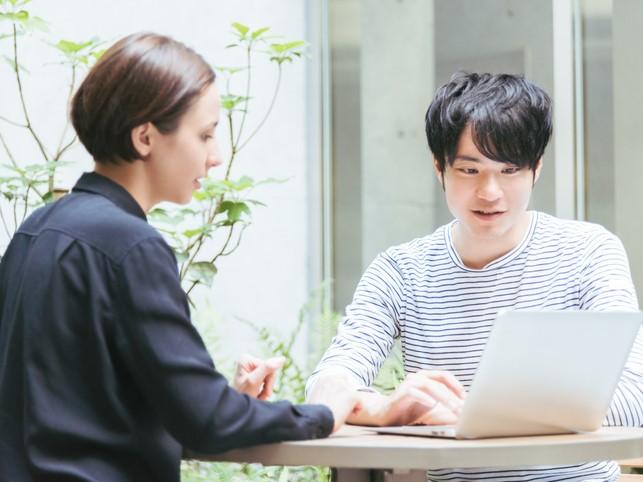The Global Shared Learning Classroom, an initiative in which two universities from separate countries solve a real-world challenge together using digital communication tools, is a catalyst for connecting students and professors from different parts of the world in a collaborative virtual environment. Using the collaborative online international learning (COIL) methodology, it’s proven to be an effective vehicle for breaking both geographical and cultural barriers.
The GSL Classroom methodology is based on COIL, which was conceived by Jon Rubin at the State University of New York (SUNY). His approach emphasises the collaborative design of activities and the integration of COIL methodology, allowing students from all over the world to collaborate virtually. The programme extends for a minimum of four weeks, ensuring a deep immersion in course content. Participation in multicultural teams is essential, enhancing students’ intercultural skills and significantly enriching their educational experience. This holistic approach aims to provide substantive knowledge and promote global understanding and collaboration in an international educational environment.
- How to use YouTube videos in a flipped classroom system
- Resource collection: The business of online education
- An introduction to the global classroom: benefits, challenges and value added
Our experience in the GSL Classroom highlights the importance of fostering active participation, designing challenging activities and facilitating teacher collaboration for effective global learning. Adaptability to cultural diversity emerged as a key factor, helping us create an enriching experience.
Here are our four tips for success with the GSL Classroom specifically:
- Encourage active participation: The key to GSL Classroom success is fostering active student participation. This goes beyond simply completing tasks – it involves engaging in meaningful discussions, sharing personal experiences and contributing to an enriching global dialogue. We use a metaverse, a 3D communication platform, to do this.
- Design challenging and relevant activities: Activities that address real-world challenges, especially those related to the UN’s Sustainable Development Goals, generate greater engagement. These activities stimulate creativity and motivate students to apply innovative solutions to global problems. We focus on finding solutions to generate clean and affordable energy (SDG7).
- Facilitate teacher collaboration: Collaboration among teachers from different parts of the world not only benefits students but enriches the teaching experience. Establishing spaces to exchange best practices, methodologies and resources strengthens the global community of educators. We had prior planning and organisation sessions via Zoom. The metaverse also offers a place to meet for academic activities.
- Adapt to cultural diversity: Cultural diversity in the GSL Classroom is a strength but also requires special sensitivity. Creating an environment that celebrates cultural differences and fosters mutual understanding is essential for the programme’s success. An icebreaker activity is an excellent way to foster cultural diversity and promote mutual understanding in the GSL classroom.
Here we offer five further recommendations, based on our success with GSL Classroom, for implementing similar programmes in your institution.
- Plan activities and meetings with international partners. Define goals, assign responsibilities and anticipate challenges in planning activities and meetings with international partners. Detailed documentation of agreements ensures shared understanding and effective follow-up. This practice optimises collaboration time, strengthens relationships and contributes to the ongoing success of the GSL programme. Cloud-based word processing applications such as Google Docs make this task easier.
- Integrate technology meaningfully. Use technological tools not only as support but as key facilitators for global collaboration. Interactive platforms, video conferences and online collaboration tools are fundamental for the GSL Classroom. For example, video conferencing systems such as Zoom, collaboration platforms like Google Workspace and real-time collaboration tools like Padlet and WhatsApp have all proved invaluable.
- Establish clear and measurable goals. From the outset, defining clear and measurable goals helps guide the programme. These goals should focus on internationalisation, promoting global education and effective collaboration between students and professors.
- Encourage continuous reflection and evaluation. Structured reflection at the end of the programme is vital. Encourage participants to evaluate not only the results but also the process to ensure continuous improvement and adaptation to changing needs.
- Explore international partnerships. Seeking partnerships with other universities and educational centres internationally expands collaboration possibilities. These partnerships can enrich diversity and perspectives within the virtual classroom. This strategic approach not only positions the institution for greater visibility but also provides a valuable differentiator, highlighting its commitment to global collaboration and educational excellence.
The GSL Classroom at Monterrey Institute of Technology is not only a model of educational internationalisation but a rich source of learning. Active participation, careful design of activities and effective global collaboration are key for success. These tips and recommendations provide a guide for colleagues and professors at other universities looking to implement similar initiatives, creating a global fabric of learning.
Jorge Alvarez is an associate professor at Monterrey Institute of Technology.
If you would like advice and insight from academics and university staff delivered direct to your inbox each week, sign up for the Campus newsletter.




comment